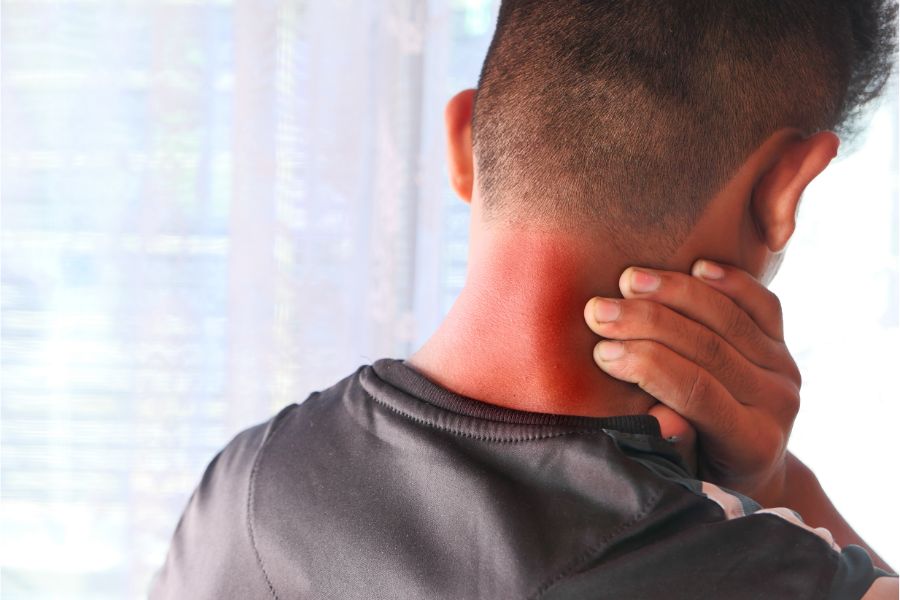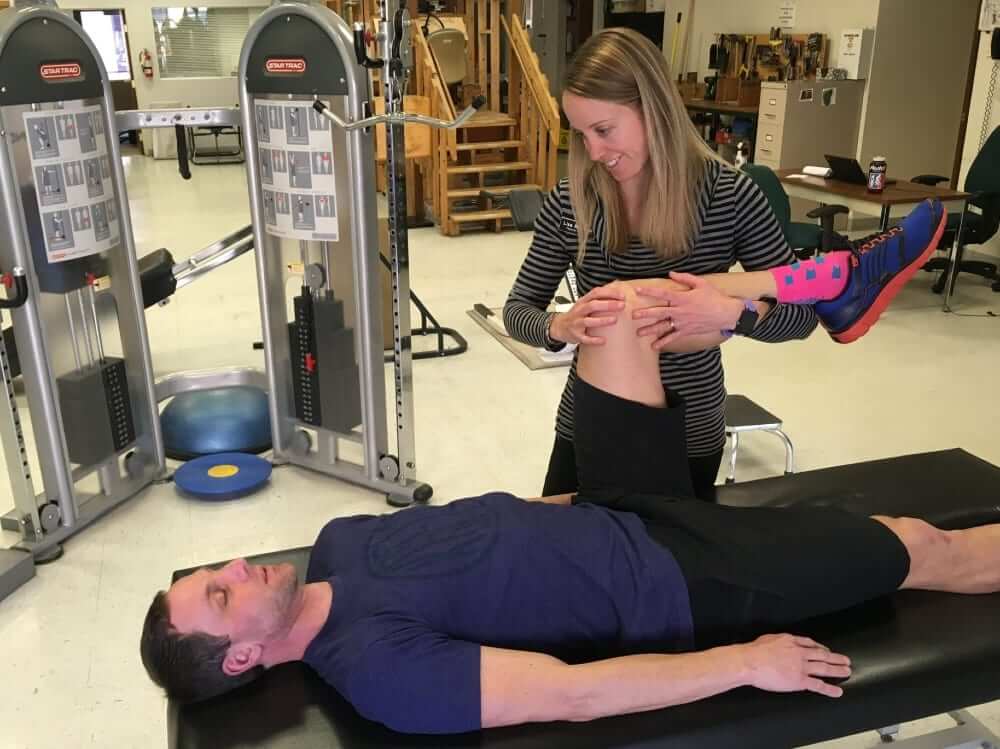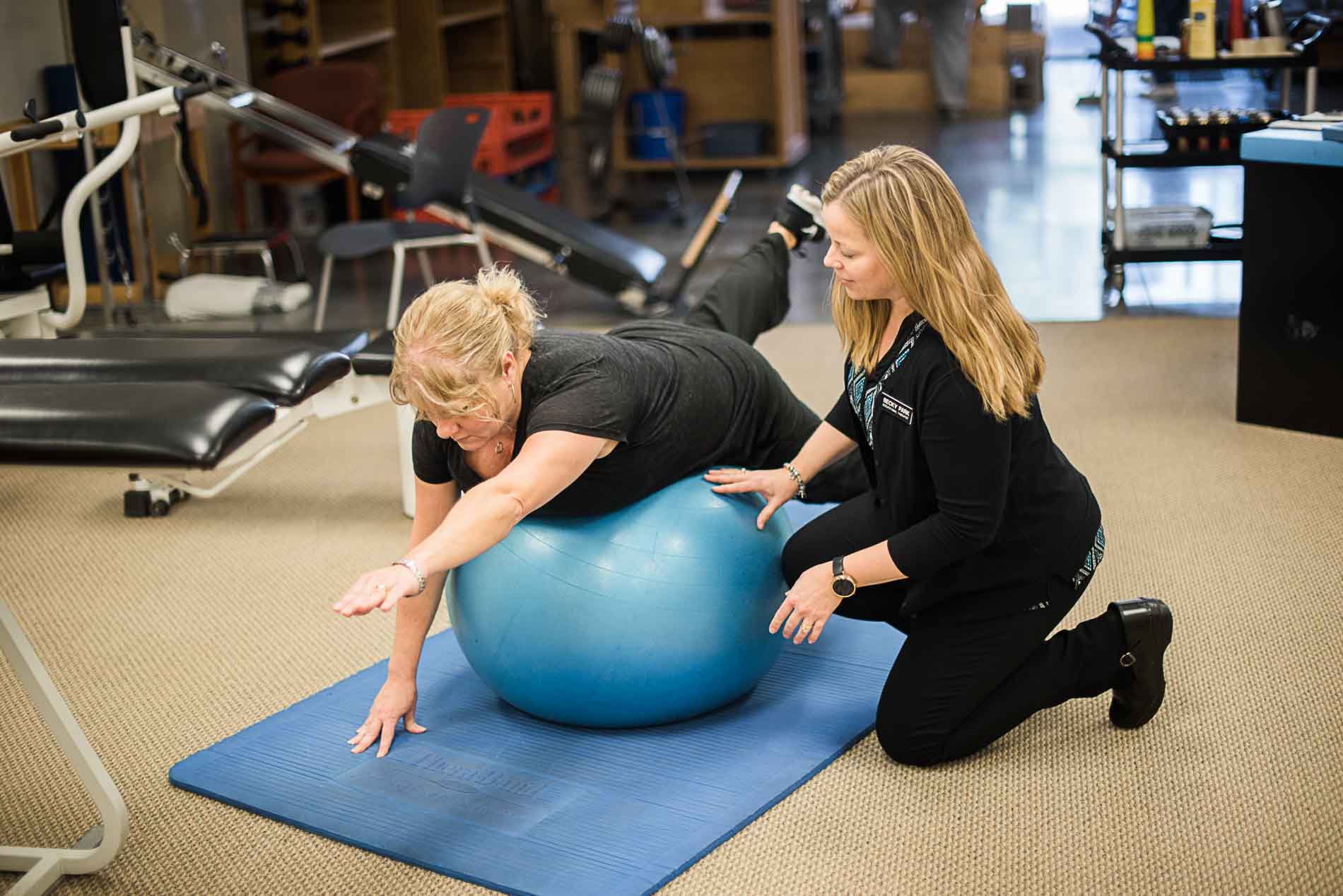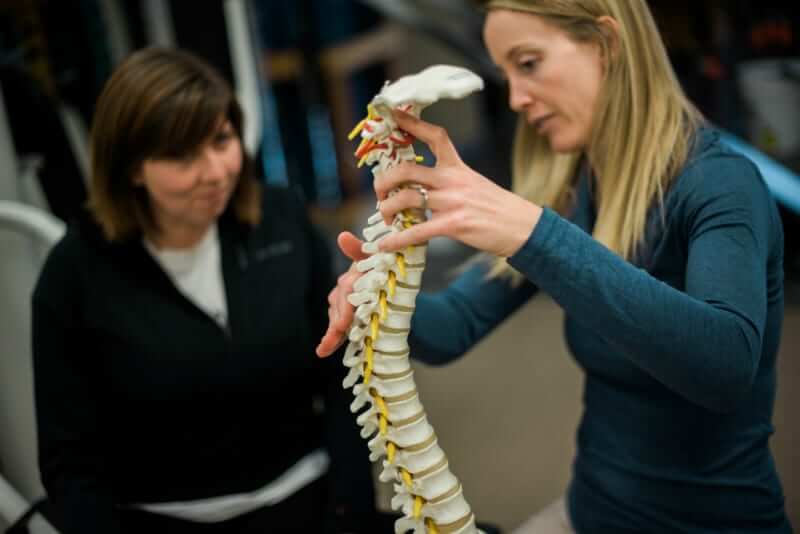Physical therapy for Thoracic Outlet Syndrome (TOS) is a conservative, non-surgical treatment approach aimed at relieving symptoms and improving the functional capacity of individuals with this condition. TOS is a group of disorders that occur when there is compression of the nerves, blood vessels, or both in the thoracic outlet, which is the space between the collarbone (clavicle) and the first rib.
Saunders Therapy Centers physical therapists are experts at addressing the many factors contributing to Thoracic Outlet Syndrome. Saunders’ physical therapy for TOS typically involves the following components:
The Saunders Thoracic Outlet Treatment Approach
Assessment: Our physical therapists will perform a thorough evaluation to assess the specific symptoms and functional limitations caused by TOS. This evaluation will help determine the underlying cause of the condition and guide the development of an appropriate treatment plan.
Posture and Ergonomics: Your Saunders therapist will address any postural abnormalities or poor ergonomics that may be contributing to the compression in the thoracic outlet. Correcting posture and providing ergonomic recommendations can help reduce pressure on the affected structures.
Stretching and Strengthening Exercises: Specific exercises are prescribed to strengthen the muscles around the shoulder, neck, and upper back region. Strengthening these muscles can improve stability and support the thoracic outlet, reducing the risk of compression.
Range of Motion Exercises: Gentle range of motion exercises are used to improve the mobility of the shoulder and neck. This can help alleviate stiffness and tension in the area.
Manual Therapy Techniques: Hands-on techniques, such as massage, joint mobilizations, and soft tissue manipulation, may be used by your Saunders PT to reduce muscle tightness, improve circulation, and relieve pain.
Nerve Gliding Exercises: Specific exercises designed to promote the gliding of nerves through the thoracic outlet may be incorporated to alleviate nerve compression symptoms.
Pain Management Techniques: The therapist may teach pain management strategies, such as relaxation techniques, ice or heat therapy, and the use of assistive devices to ease discomfort.
Home Exercise Program: A personalized home exercise program will be provided, ensuring continuity of care and progress in the rehabilitation process.













